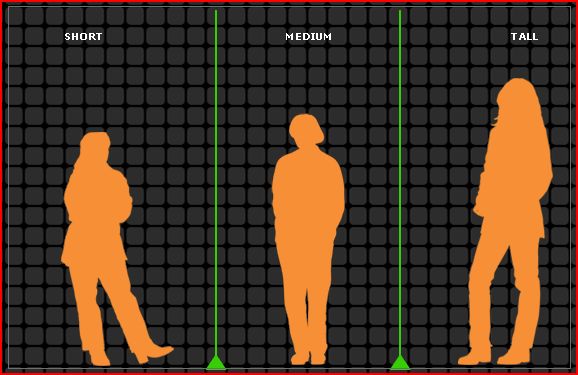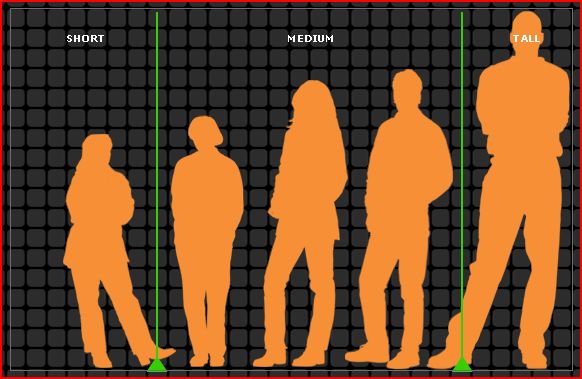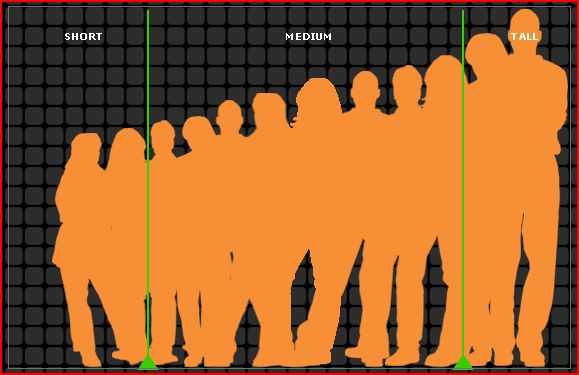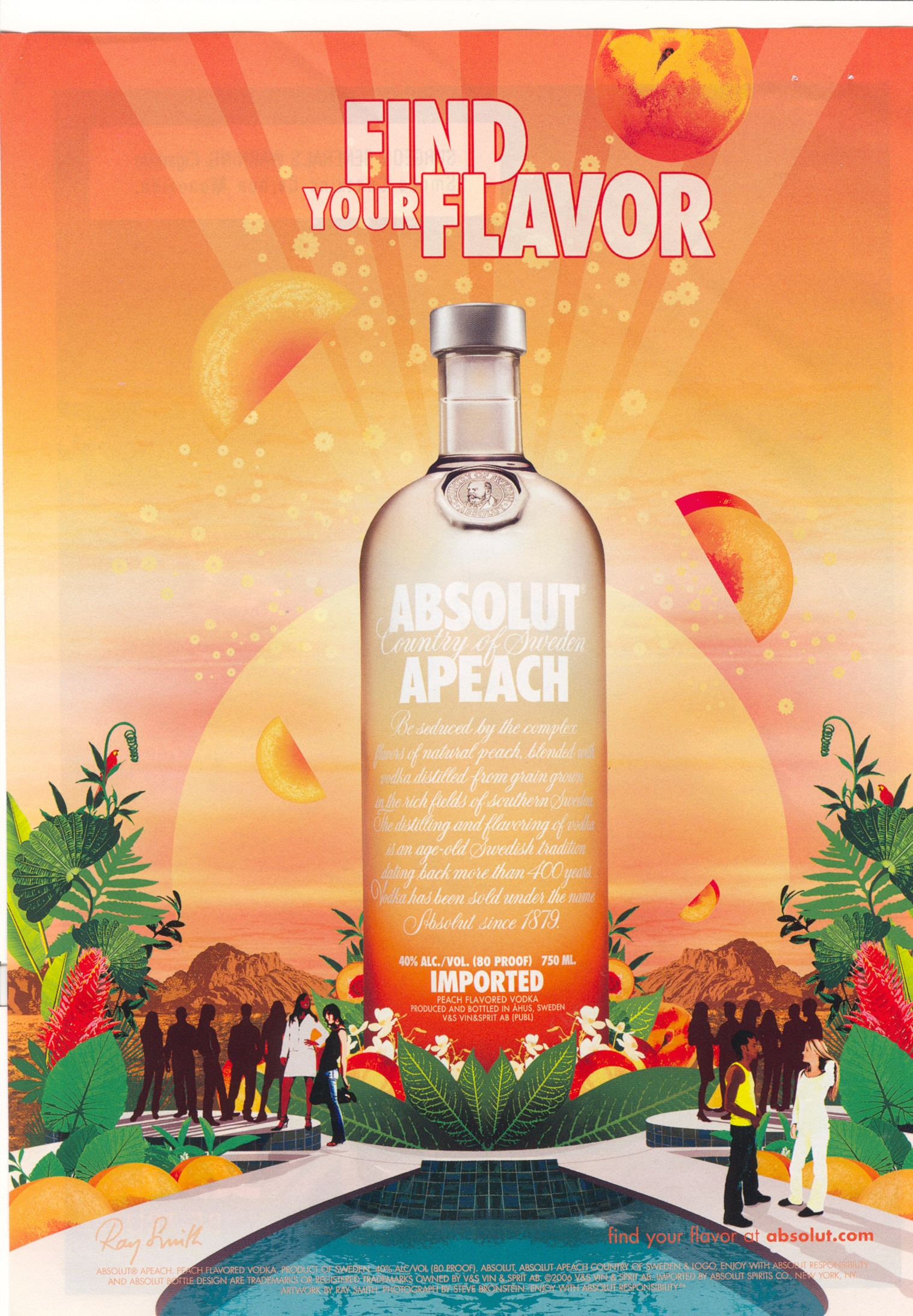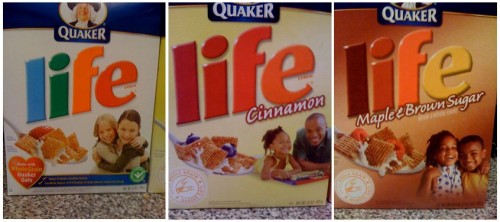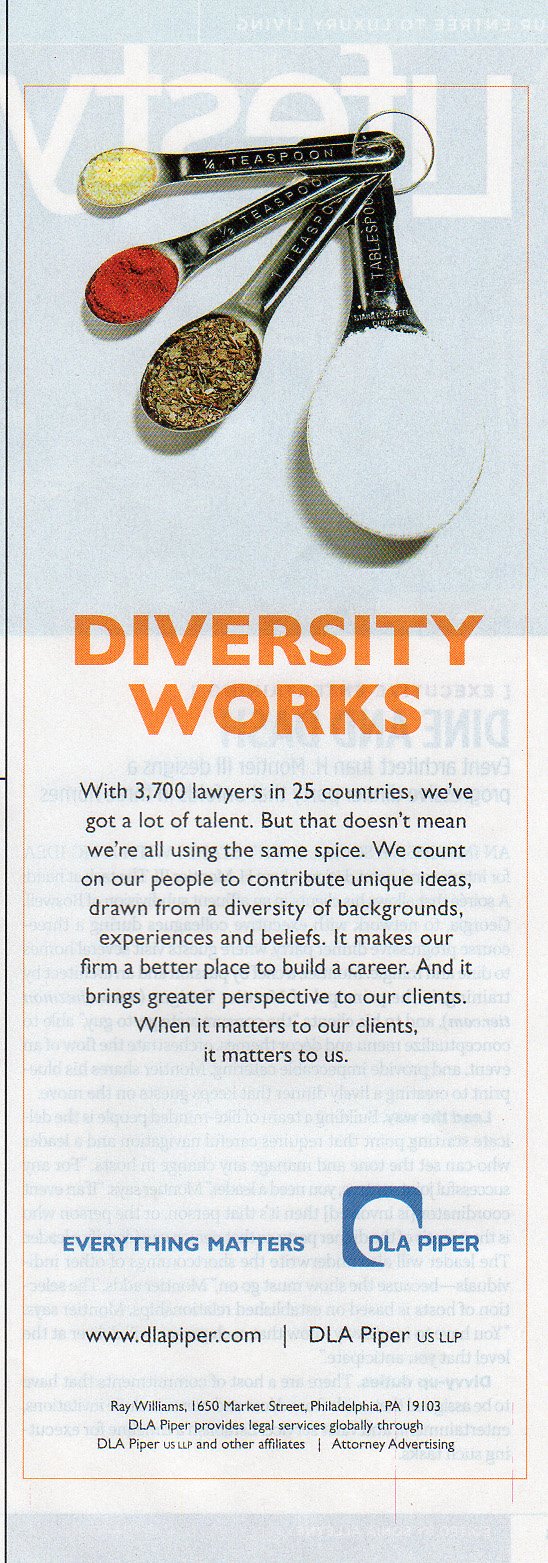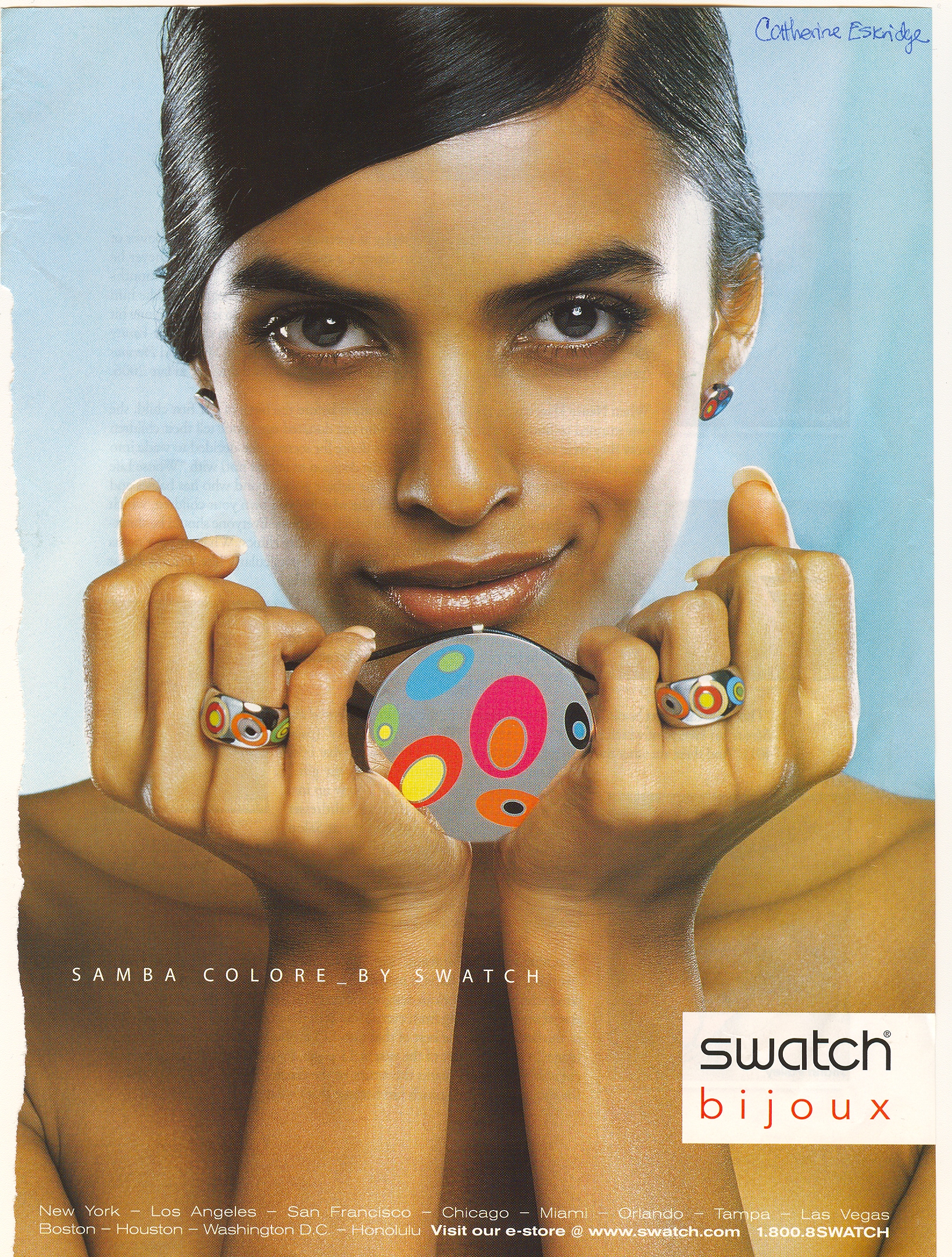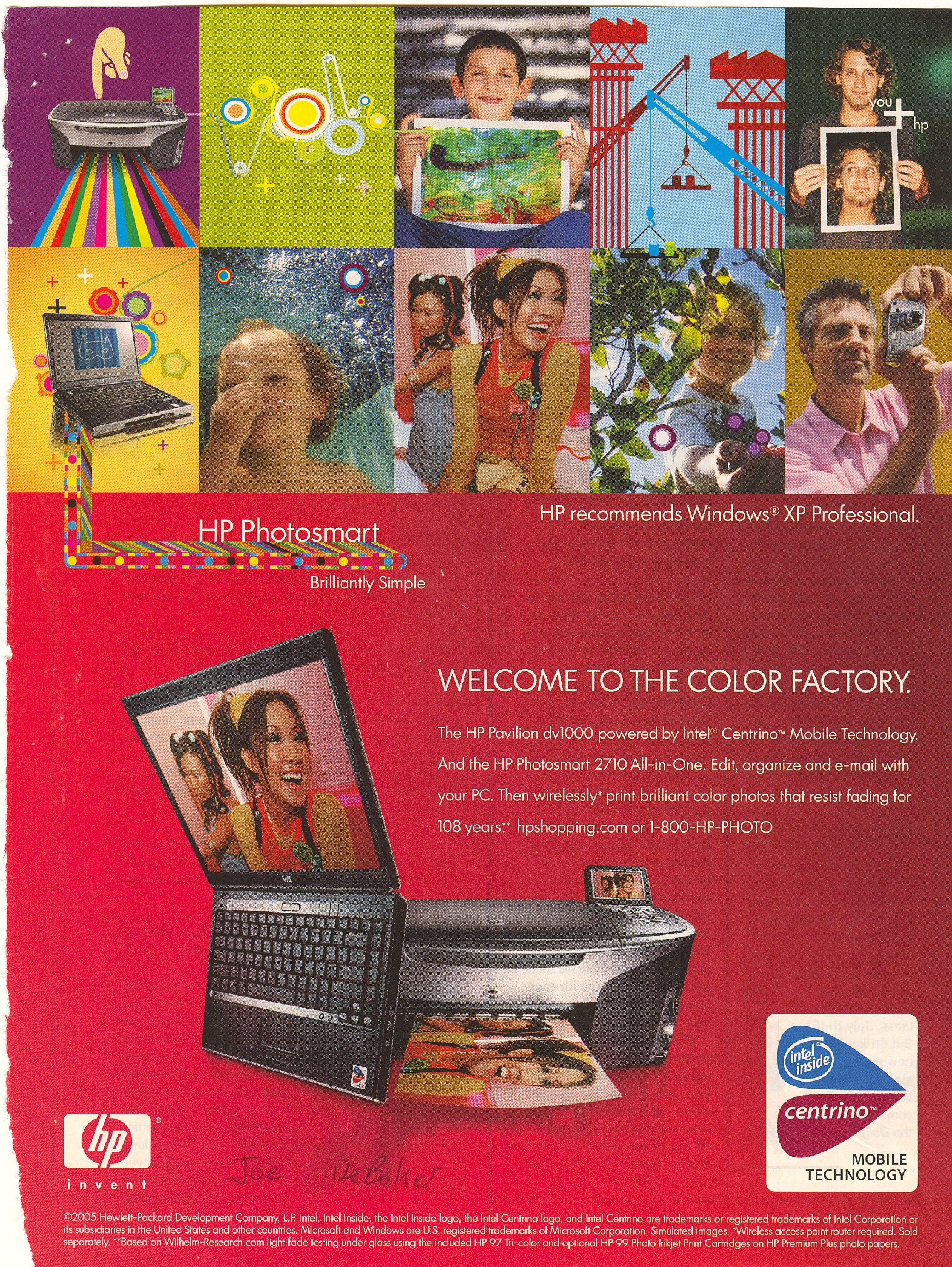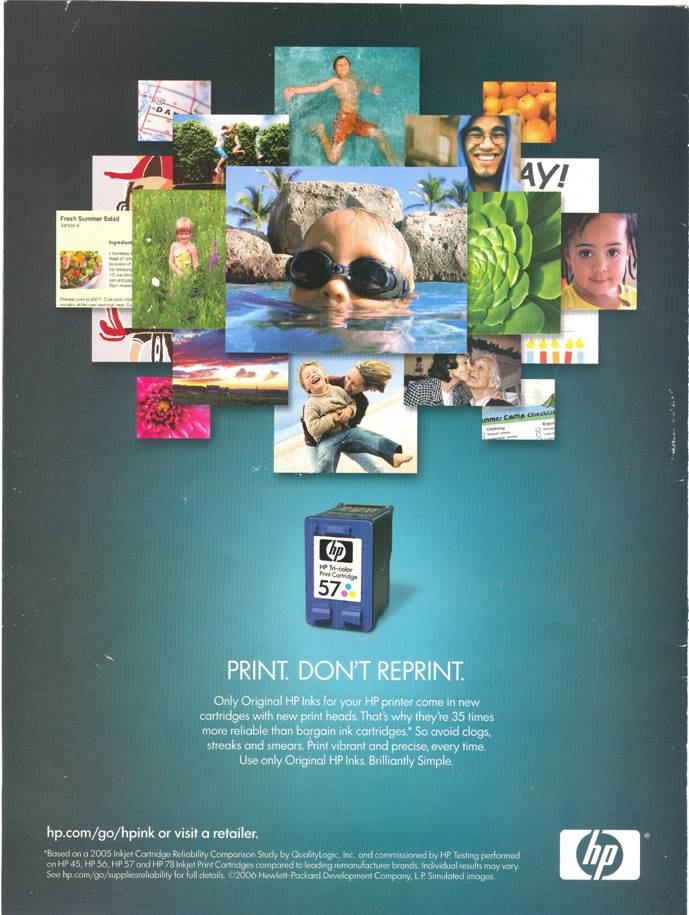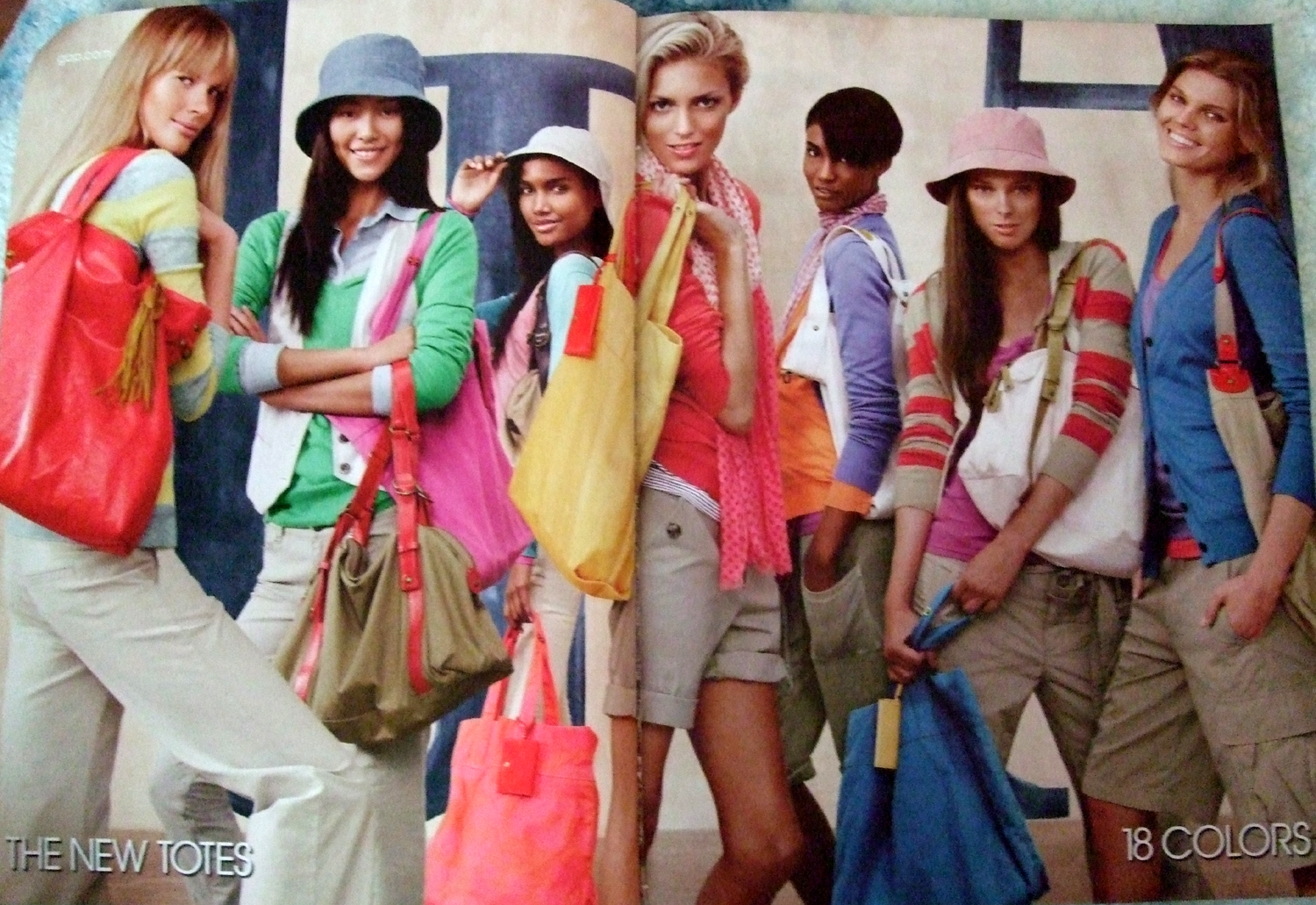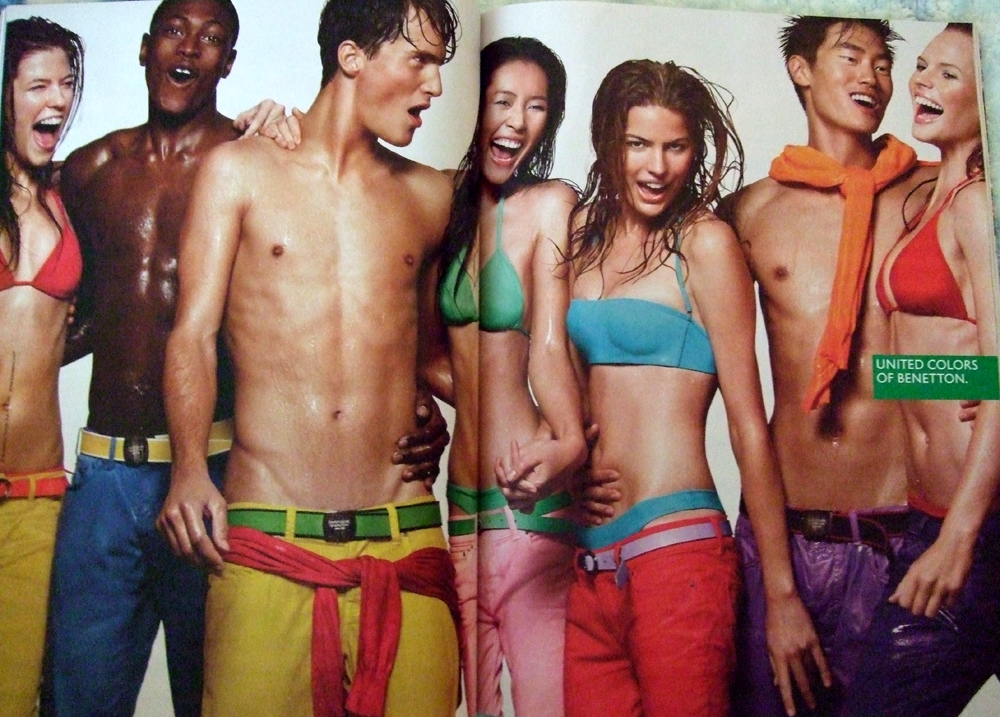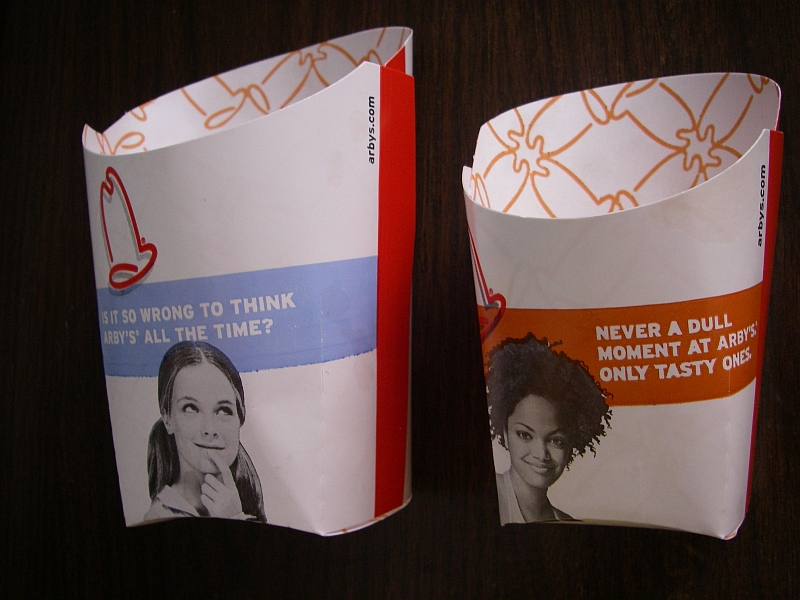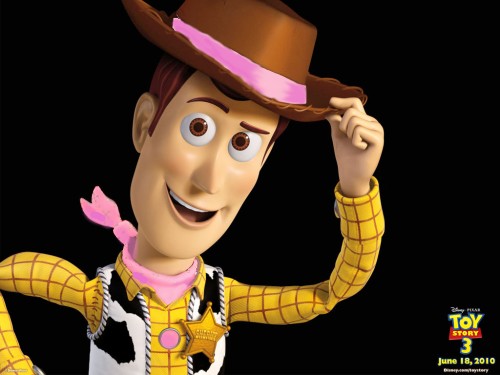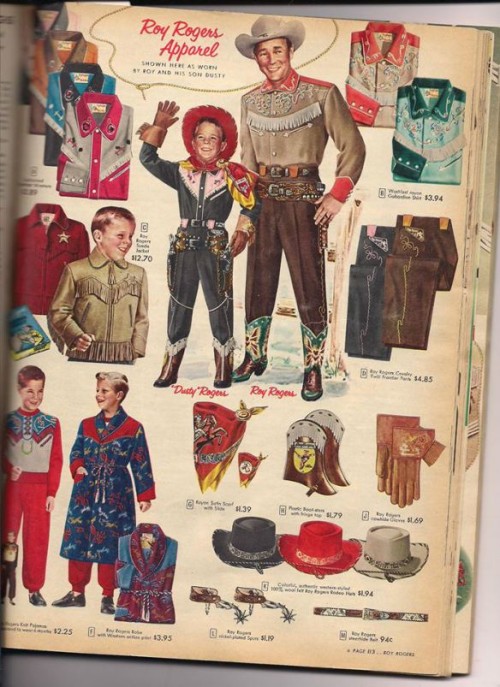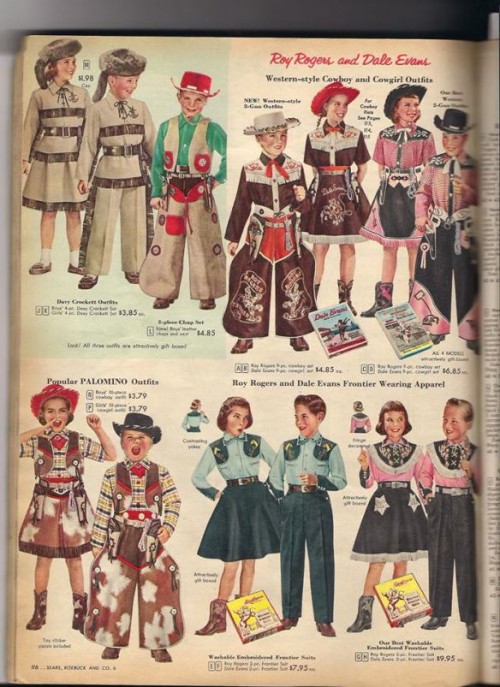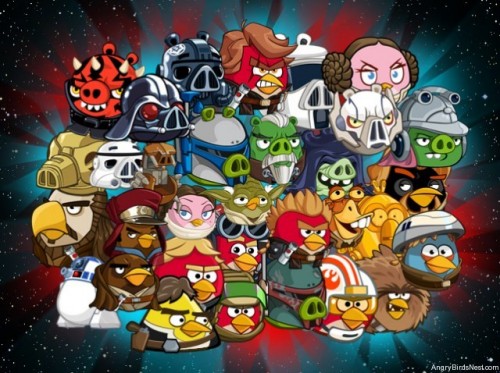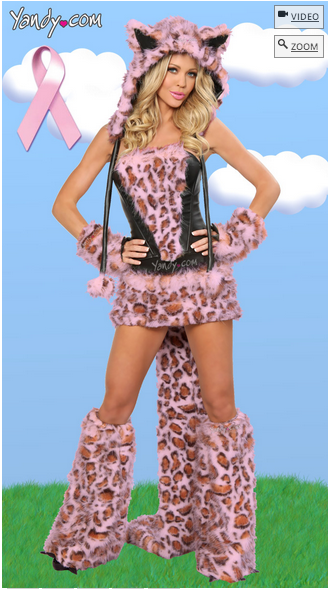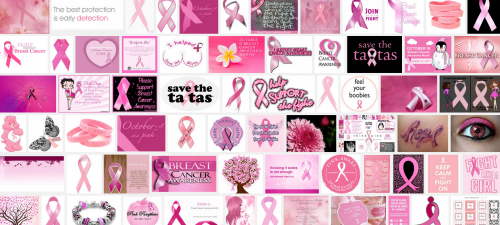One of the more difficult sociological concepts to explain is the social institution. When sociologists talk about institutions they don’t mean hospitals or churches or any of the concrete organizations that easily come to mind, they mean something much bigger and more difficult to pin down. They mean institutionalized ways of doing things or, as I’ve defined them elsewhere:
Persistent patterns of social interaction aimed at meeting the needs of a society that can’t easily be met by individuals alone.
Education, then, is an institution, as is medicine and transportation. In my textbook, I discuss the examples of sanitation and sport. One can’t play on a team all by oneself and it’d be pretty gross to take a personal potty with you everywhere you went. Instead, we have organized sport and the provision of toilet facilities. Eventually, institutionalized ways of solving social needs get taken-for-granted as the way we do things, often to the point that we forget that they were invented in the first place.
I was inspired to write about this by a post at Sociological Cinema by sociologist Tristan Bridges. He uses a clip from The Devil Wears Prada to illustrate just this phenomenon. Meryl Streep plays the editor of a fashion magazine. Fashion is an institution because we can no longer feasibly make our own clothes. Even the most industrious and clever among us, those who make their own clothes, will buy the fabric with which to do so. Almost no one in a Western country has the faintest idea of how to make fabric, let alone the resources.
In the clip, Streep’s character responds icily when a holier-than-thou fashion outsider scoffs at her as she goes about her work.
She says:
You think this has nothing to do with you.
You go to your closet and you select, I don’t know, that lumpy blue sweater, for instance, because you’re trying to tell the world that you take yourself too seriously to care about what you put on your back.
But what you don’t know is that that sweater is not just blue, it’s not turquoise, it’s not lapis, it’s actually cerulean.
And you’re also blithely unaware of the fact that, in 2002 Oscar de la Renta did a collection of cerulean gowns and then I think it was Yves St. Laurent — wasn’t it? — who showed cerulean military jackets…
And then cerulean quickly showed up in the collections of eight different designers. And then it filtered down through the department stores and then trickled down into some Casual Corner where you, no doubt, fished it out of some clearance bin.
However, that blue represents millions of dollars and countless jobs and it’s sort of comical that you think you’ve made a choice that exempts you from the fashion industry when, in fact, you’re wearing a sweater that was selected for you by the people in this room.
An institution has emerged to put clothes on our back. The scoffer who inspires Streep character’s rant would like to think that she is outside of the fashion industry, that it has nothing to do with her. Likewise, many of us would like to think that we’re outside of the institutions that we don’t like. But we’re not. That’s the rub. No matter how enlightened or inspired we are to fight social convention, we can’t get outside the institutions that organize our societies. We’re in them whether we know it or not.
Here’s the clip; it’s worth it, even given the advertisement:
[youtube]https://www.youtube.com/watch?v=vL-KQij0I8I[/youtube]
Lisa Wade, PhD is an Associate Professor at Tulane University. She is the author of American Hookup, a book about college sexual culture; a textbook about gender; and a forthcoming introductory text: Terrible Magnificent Sociology. You can follow her on Twitter and Instagram.

